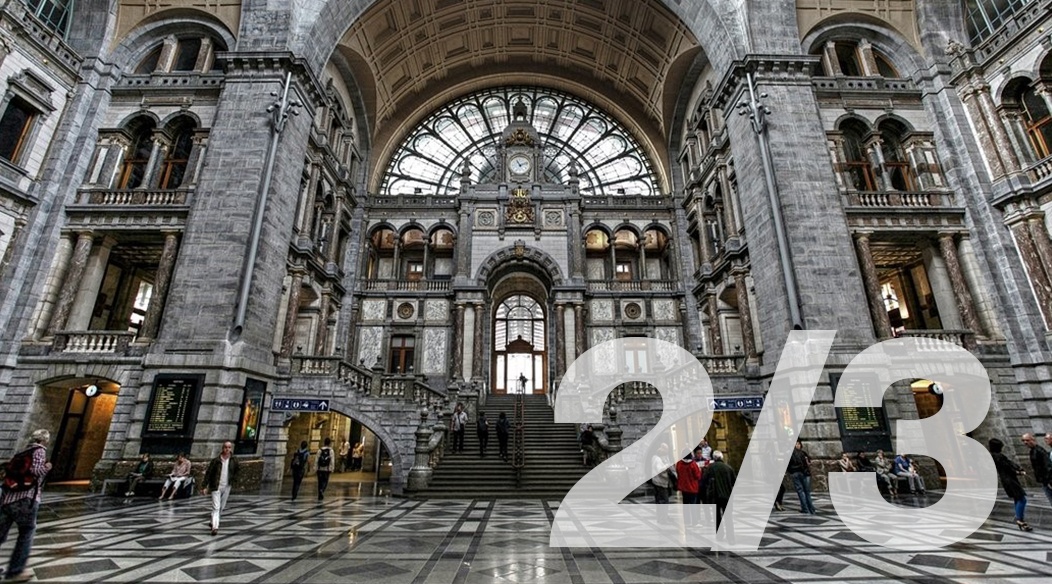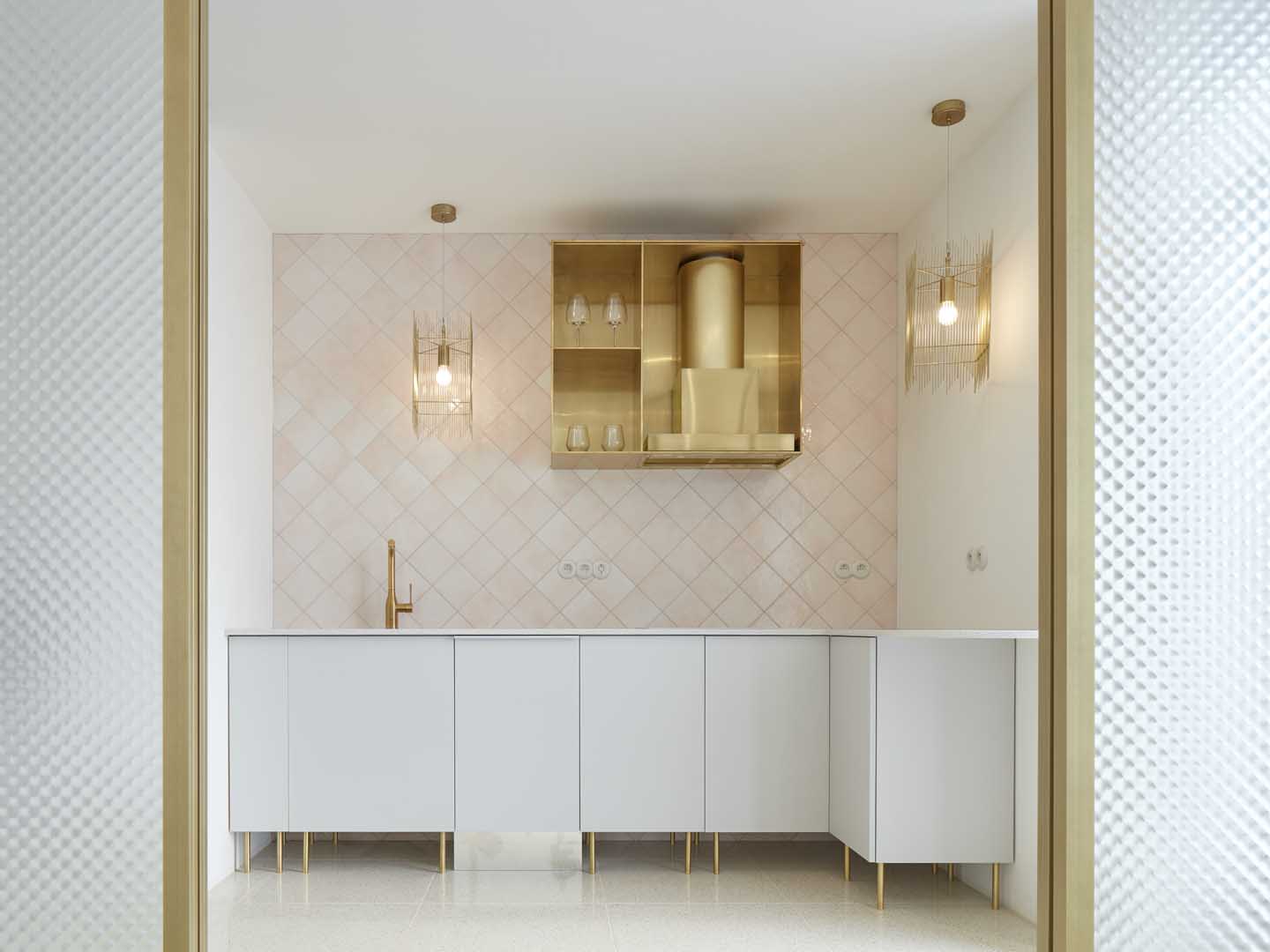
Cast in stone – the rise of the railway station (part 2)
How the right materials and innovative design transform public spaces
The use of stone in rail way station design has added a sense of permanence, and iconic timelessness to places usually associated with the hustle and bustle of modern life. For millions of people around the world every day, the bold vision of architects, from the heady days of the early twentieth century up to the modern reconstructions of the present, have transformed their experiences of public spaces into a celebration of nature, light and space that lends to travel an air excitement and joy.
New world splendor
As train station design trended across Europe as a symbol of national and civic pride, over in the new world, in major metropolitan centers like New York, the monumental style and innovative design of similar essential structures was also getting into high gear. Perhaps the preeminent example of this was Grand Central Terminal in New York. First opened in 1913, Grand Central as it became to be known, was a redesign and upgrade of two previous structures on the same location and of the same name, with the original dating back to 1871.
Grand Central Station, New York Source: ny-cool.com
The interior of the space was designed by the architectural firm of Reed and Stem, with some work by Whitney Warren of Warren and Wetmore.
The main entrance to the station is off of Lexington Ave. with three main, east-west passageways running through three different buildings to reach the platforms. Built in 1926, the Graybar Passage to the north occupies the first floor of the Graybar Building. The walls and a series of seven transverse arches are made of coursed ashlar travertine, a finely dressed stone, with each vault containing a bronze chandelier.
To compliment this, the floors are made of terrazzo, a composite stone made of chips of quartz, marble, granite or glass bound together to make at once an extremely beautiful, easy to polish and incredibly resistant surface. For more on contemporary terrazzo, check out this video.
Overall the interiors of the station used several varieties of stone, including cream-colored Botticino and pink Tennessee marble. Caen stone was intended for the Main Concourse but was deemed too expensive, so in the mid-1920s the builders created their own form of man-made stone by mixing plaster, sand, lime and Portland cement to create a similar effect.
From early beginnings to contemporary magnificence, man-made stone has come a long way from the Grand Central Station builders’ improvisation to become one of the world’s greatest, most beautiful, durable and environmentally sustainable products available to today.
To learn more about how contemporary man-made quartz stone has transformed our experiences of railway travel, check out part three of this article.










